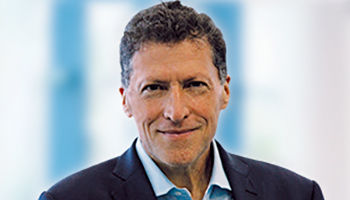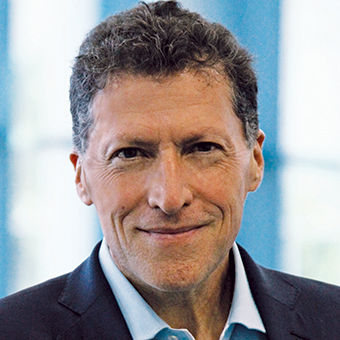
The travel industry has long depended upon economic arguments to support tourism-friendly policy: Foreign tourist spend is considered an export that helps the balance of trade. Tourism equals employment. Taxes on tourists subsidize services for residents.
For a long time, the arguments went largely unquestioned, in part because they’re demonstrably true. NYC & Company points out that, if not for tourism, each New York City household would pay in excess of $2,000 more in taxes every year.
That aspect of tourism economics is probably clearer to visitors than to residents. Those renting a car at O’Hare can testify that every conceivable taxing entity in Chicago and Cook County has put its hands in their pockets. It’s obviously less risky for politicians to tax visitors than voters.
But even before the pandemic, residents in some destinations began to question not the underlying proposition but whether the overarching bargain was worth it. Even if they understood tourism’s dollars-and-cents importance, they also perceived that tourism negatively impacted their quality of life.
In some places, tourism added significantly to traffic congestion. Vacation rentals reduced housing stock in residential neighborhoods and caused rents to jump. Tourists could be insensitive or even disrespectful toward the host culture. And while taxes on tourists helped pay for city services, tourists also consumed city services and put a strain on infrastructure.
In aggregate, the problem was often labeled “overtourism.” The pandemic, which solved overtourism overnight, nonetheless hardened anti-tourism sentiment in some instances. Without tourists, the annoyances, inconveniences and culture clashes were gone. Concurrently, the potential economic hardships caused by the pandemic were often eased by government assistance.
In fact, for a period, in some places it seemed to be the best of both worlds. Speaking at a Travel Weekly-sponsored roundtable in Waikiki last month, John De Fries, CEO of the Hawaii Tourism Authority, said, “My neighbors were euphoric. The pandemic hits, and they get a snapshot of what it’s like to have the beaches back. No traffic. No parking problems.”
But De Fries also knows tourism is the No. 1 economic driver of the state’s economy and that in 2019, visitors spent $17.8 billion, contributing $2.2 billion in state tax revenues. The pandemic version of reality was not sustainable.
But neither was the pre-pandemic status quo. Working with communities around the Islands, he is advocating for communities and tourism simultaneously. He is trying to reshape the relationship between tourist and host, in part by elevating visitor awareness and interaction with Hawaiian culture and residents. The program to do so, unveiled last year, is called malama, which means “to care for.”
I think he’s spot-on that tourism officials must advocate for communities as well as the industry. De Fries has succeeded in getting community buy-in for the campaign, but it will only work if the industry embraces it, as well.
The model for the majority of Hawaii tourism, particularly that facilitated by wholesalers, has traditionally been a numbers game that relies on price-driven, volume tourism. To change that dynamic will require enlightened self-interest on the part of packagers to get behind malama in its messaging and products. The reset cannot be borne completely by the destination.
• • •
I recently spoke with Jamaica’s minister of tourism, Edmund Bartlett. He, too, must manage tourism policy in an island destination that is heavily dependent on tourism, and it also used the pandemic to reassess the status quo.
In the case of Jamaica, the adjustment of government policy was not driven by an anti-tourism mindset among residents but nonetheless relates to the way that tourism ties into local sentiment and needs.
Bartlett pointed out that, decades after independence, Jamaica’s economy is still fundamentally a colonial economy. Its model is focused on exporting locally produced goods that the island is well-positioned to produce and then using export revenues to import goods needed by residents.
And, in Jamaica’s case, also goods needed by visitors. Especially by visitors. Bartlett said that a tourist will consume three to five times as much food as a resident. And for the most part, that food is imported.
When supply chain issues came to the fore as pandemic restrictions eased, Bartlett and the government saw both a need and opportunity to change its economic paradigm and move to a post-colonial structure in which it could produce a greater percentage of the food that residents and visitors eat, increasing employment and economic opportunities for Jamaicans while moving toward food sovereignty.
The combination of high tourist food consumption and supply chain issues brought focus to a critical vulnerability for the population. “We are highly dependent on imports, which raises a food security issue, particularly if airline capacity is reduced,” he said. “If that happens, we will suffer hard.”
• • •
Pandemic and supply chain issues have led every country to reevaluate its economic template. And for some time to come, those communities dependent on visitation may be reshaping tourism, as well.
Source: Read Full Article










